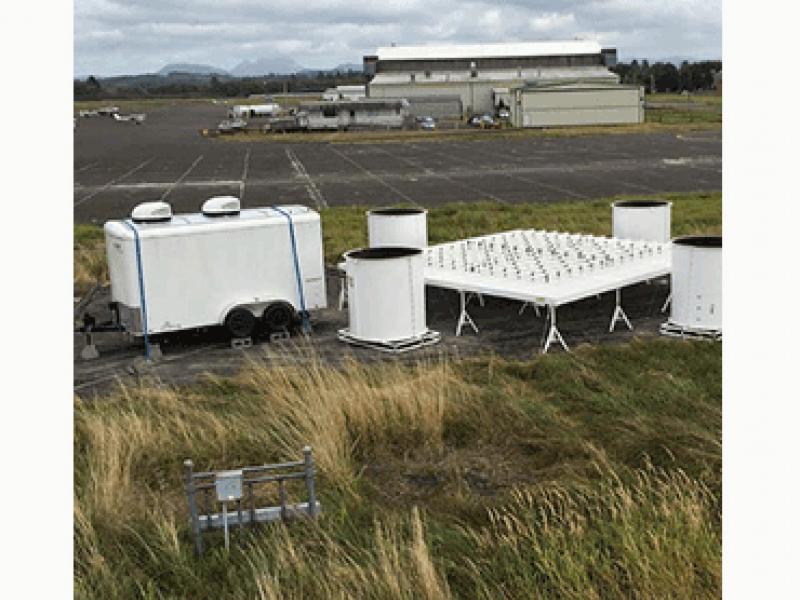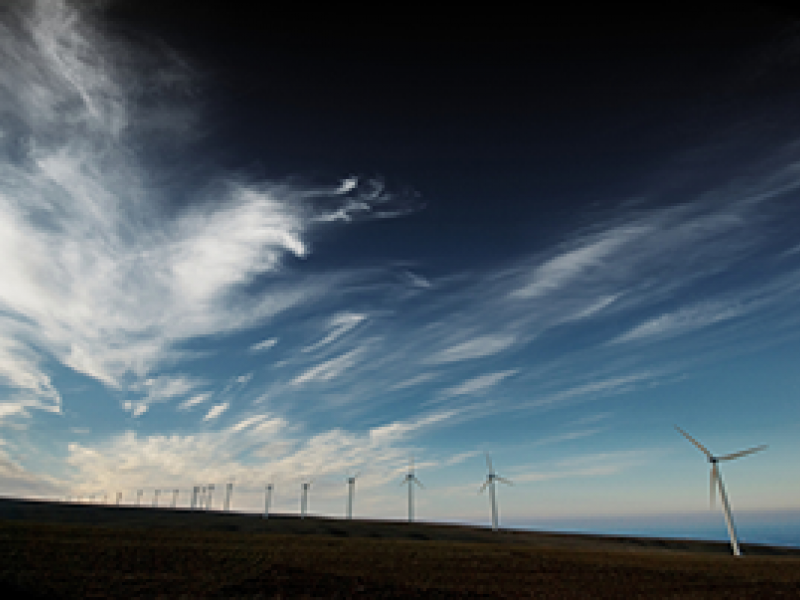
Uncertainty
Quantification
Uncertainty
Quantification
Improving wind forecast models
Improving wind forecast models
Image courtesy of Shannon Colson | Pacific Northwest National Laboratory
Wind is a fast-growing source of energy, but this renewable energy source suffers from intermittency—the wind doesn’t always blow. This uncertainty—determining exactly when the wind will blow and how much—poses challenges for power operators and others who must decide whether to buy wind energy or other, more expensive energy sources.
The U.S. Department of Energy Wind Energy Technologies Office aims to improve performance, lower costs, and reduce barriers associated with wind energy technologies. Pacific Northwest National Laboratory (PNNL) atmospheric scientists are helping address one of these barriers—uncertainty in atmospheric models.
Specifically, the PNNL team is working to identify the parameters in these models that cause uncertainties—potential sensitivities and inconsistencies—in wind forecasting simulations and forecasts for wind power. These parameters include variables, such as wind speed and height that are difficult to measure and simulate.
For example, as part of the U.S. Department of Energy’s 2nd Wind Forecast Improvement Project, improvements were made in models used by the National Weather Service and across industry to provide day-ahead forecasts of wind speed. These modifications included new parameters that could potentially contribute to uncertainties in the wind speed forecast. To help address any uncertainties, the PNNL team—building on earlier work and using data from the project—are studying the impact of these new parameters on forecasts as well as the impact of using different approaches for representing atmospheric turbulence.
Through simulations and testing based on improved and more accurate wind data, PNNL is bringing model parameters to greater certainty. And with more confidence in the model forecasts, the power industry can better integrate wind power into the electric grid as a more affordable and clean energy source.
